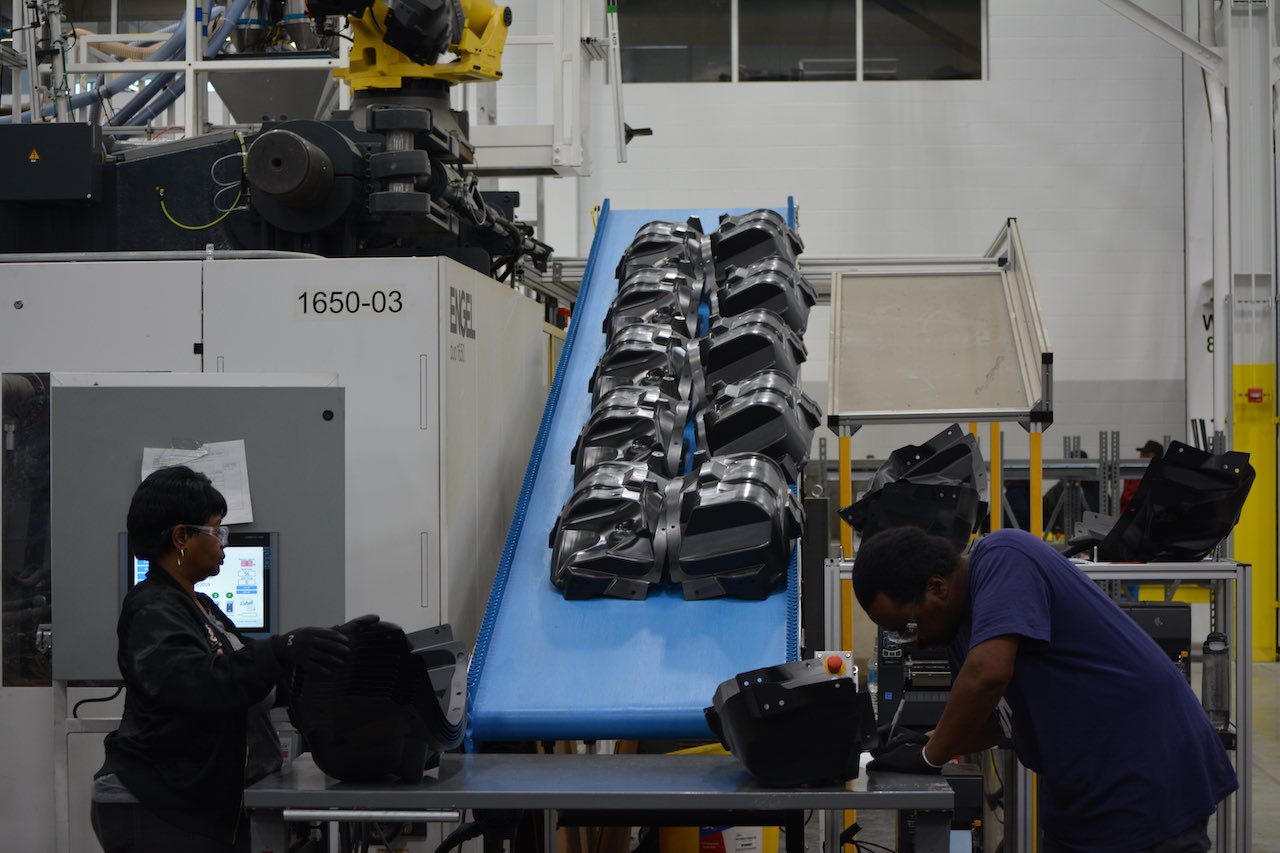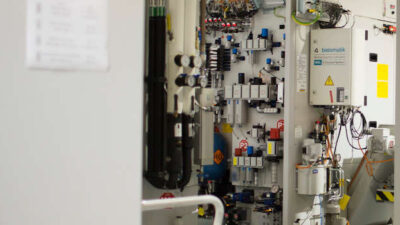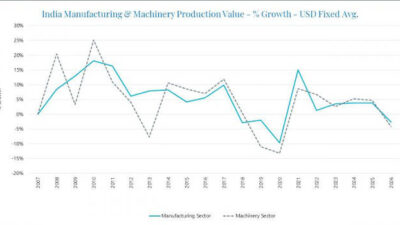On 10th anniversary of manufacturing rebound, the purchasing manufacturers' index (PMI) falls to 52.8%.

Manufacturing’s rebound celebrated its 10th anniversary in April, but the monthly purchasing manufacturers’ index (PMI) dropped to its lowest level of the year as manufacturing pulled back from its 10% growth rate.
The April PMI, produced by the Institute for Supply Management (ISM) fell 2.5 percentage points in April to 52.8%. While still above the 50% growth rate for the 120th consecutive month, the PMI was at its lowest level since October 2016, when the index was at 51.6%. The weaker numbers were blamed on concerns over disruption at the U.S.-Mexico border, drops in new orders, production expansion and employment.
“Comments from the panel reflect continued expanding business strength, but at the softest levels since the fourth quarter of 2016,” said Timothy R. Fiore, chairman of the ISM Manufacturing Business Survey Committee. “Demand expansion continued, with the New Orders Index softening to the low 50s, the Customers’ Inventories Index remaining at a ‘too low’ status, and the Backlog of Orders Index improving its prior month performance.”
The PMI was at 60.8% in August 2018 but has steadily declined since then. Exports continue to be a drain on the index, Fiore said, reflecting an issue among committee members over instability at the southern border. “Exports orders contracted for the first time since February 2016. The PMI trade elements are in contraction territory,” he said. “The PMI has been inching down since November 2018. The manufacturing sector is expanding, but at recent historic lows.”
Committee members reflected some of the concerns over market softening. Among the comments:
- “Business conditions remain largely unchanged. There is growing concern about supply chain product flow through the southern U.S. border. Price pressures remain, and inventories continue to grow in preparation for what is expected to be a growth year.” (Electrical equipment, appliances & components)
- “Mexico/U.S. border crossing delays are slowing supplier deliveries. Tariffs are resulting in increased prices on computer components, as well as manufacturers moving out of China to countries not impacted by the tariffs. Brexit expected to result in delays on moving product through the United Kingdom.” (Computer & electronic products)
- “January and February were strong months. March softened significantly, eroding some of the (previous months’) gains.” (Chemical products)
- “(We are) closely watching the Mexico border situation as well as the tariff situation.” (Transportation equipment)
- “Economy is holding steady, and so are prices. Supply availability is generally OK, yet risk remains in chemicals and some longer lead-time packaging.” (Food, beverage & tobacco products)
- “Raw material prices continue to come down, along with logistics costs. Suppliers continue to struggle to get (qualified workers), and the learning curve is leading to quality issues. That is impacting their ability to deliver. Overall, business (is) strong. Monitoring the tariffs and Mexico border issues, which are a potential threat. The China trade agreement getting completed will help with stability with suppliers and costs management.” (Machinery)
- “Business is steady. We expect business to grow throughout the second quarter, then level in the third and fourth quarter.” (Fabricated metal products)
- “Commodity-price uncertainty — partially driven by concerns of an economic slowdown and trade/tariff policies — has led my company to reduce its capital spend in 2019. Our 2019 capital-spend levels will be similar to 2016 levels.” (Petroleum & coal products)
- “Business seems to keep humming along.” (Plastics & rubber products)
- “Order book remains strong; future outlook is beginning to soften a little.” (Primary metals)



